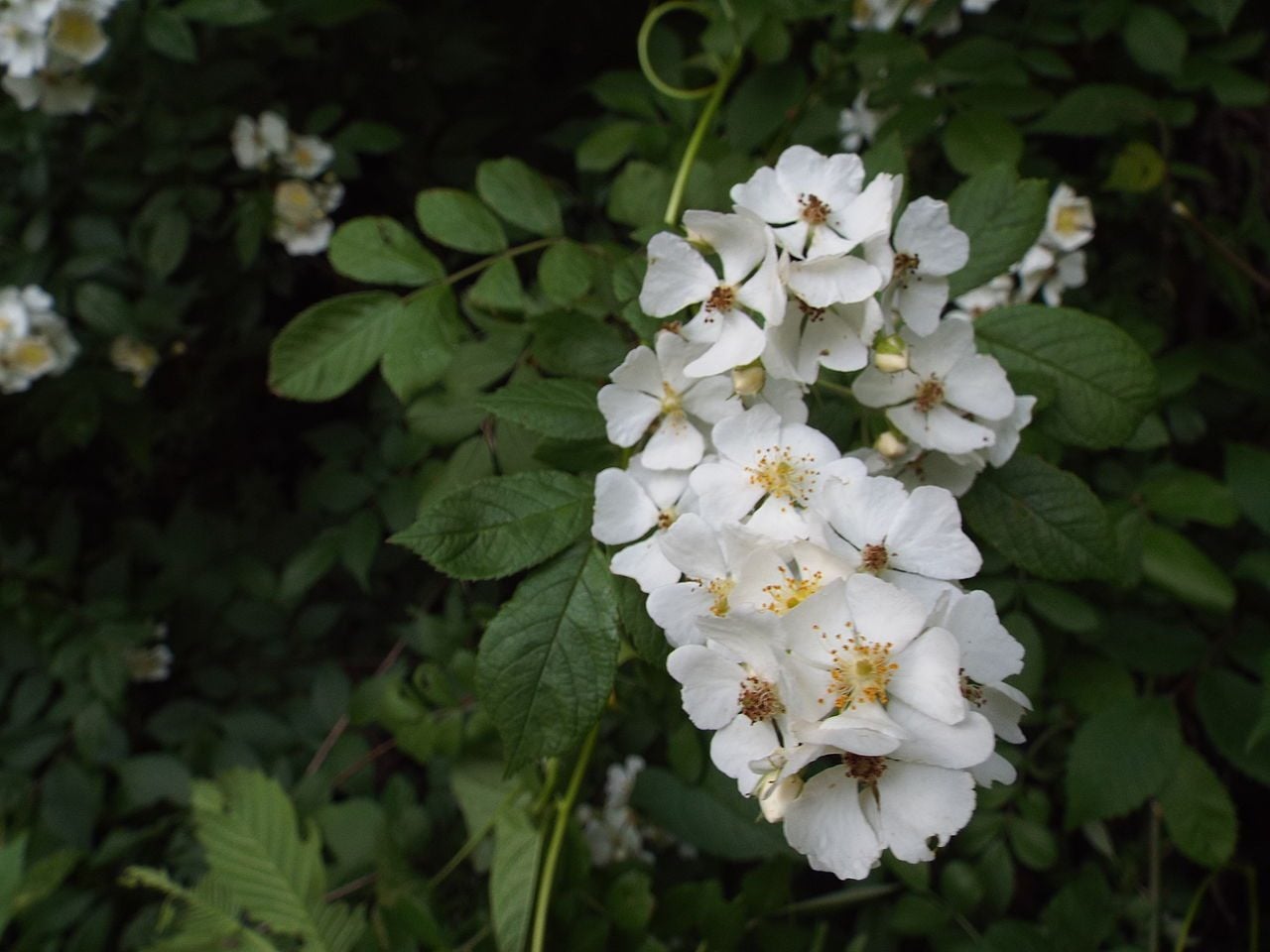
Invasive plants are a serious problem. They can spread easily and completely take over areas, forcing out more delicate, native plants. This not only threatens the plants, but it can also wreak havoc on the ecosystems built around them. In short, the problems with invasive plants can be very serious and shouldn’t be taken lightly. Keep reading to learn more about controlling invasive plants and, in particular, how to recognize and deal with invasive plants in zone 6.
Problems with Invasive Plants in Gardens
What are invasive plants and where do they come from? Invasive plants are almost always transplants from other parts of the world. In the plant’s native environment, it’s part of a balanced ecosystem where certain predators and competitors can keep it in check. When it’s moved to a totally different environment, however, those predators and competitors are suddenly nowhere to be found.
If no new species are able to fight against it, and if it takes really well to its new climate, it will be allowed to run rampant. And that’s not good. Not all foreign plants are invasive, of course. If you plant an orchid from Japan, it’s not going to take over the neighborhood. It is, however, always good practice to check before planting (or better yet, before buying) to see if your new plant is considered an invasive species in your area.
Zone 6 Invasive Plant List
Some invasive plants are only problems in certain areas. There are some that terrorize warm climates that are not considered invasive plants in zone 6, where the fall frost kills them before they can take hold. Here is a short zone 6 invasive plant list, put out by the U.S. Department of Agriculture:
- Japanese knotweed
- Oriental bittersweet
- Japanese honeysuckle
- Autumn olive
- Amur honeysuckle
- Common buckthorn
- Multiflora rose
- Norway maple
- Tree of heaven
Check with your local extension office for a more comprehensive list of invasive plants in zone 6.
Invasive plants are a serious problem. They can spread easily and completely take over areas, forcing out more delicate, native plants. This not only threatens the plants, but it can also wreak havoc on the ecosystems built around them. In short, the problems with invasive plants can be very serious and shouldn’t be taken lightly. Keep reading to learn more about controlling invasive plants and, in particular, how to recognize and deal with invasive plants in zone 6.
Problems with Invasive Plants in Gardens
What are invasive plants and where do they come from? Invasive plants are almost always transplants from other parts of the world. In the plant’s native environment, it’s part of a balanced ecosystem where certain predators and competitors can keep it in check. When it’s moved to a totally different environment, however, those predators and competitors are suddenly nowhere to be found.
If no new species are able to fight against it, and if it takes really well to its new climate, it will be allowed to run rampant. And that’s not good. Not all foreign plants are invasive, of course. If you plant an orchid from Japan, it’s not going to take over the neighborhood. It is, however, always good practice to check before planting (or better yet, before buying) to see if your new plant is considered an invasive species in your area.
Zone 6 Invasive Plant List
Some invasive plants are only problems in certain areas. There are some that terrorize warm climates that are not considered invasive plants in zone 6, where the fall frost kills them before they can take hold. Here is a short zone 6 invasive plant list, put out by the U.S. Department of Agriculture:
- Japanese knotweed
- Oriental bittersweet
- Japanese honeysuckle
- Autumn olive
- Amur honeysuckle
- Common buckthorn
- Multiflora rose
- Norway maple
- Tree of heaven
Check with your local extension office for a more comprehensive list of invasive plants in zone 6.
